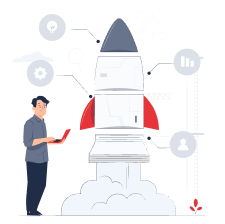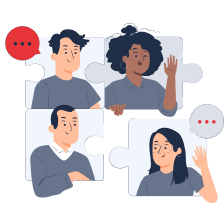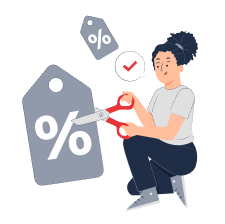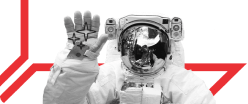DISC personality typology
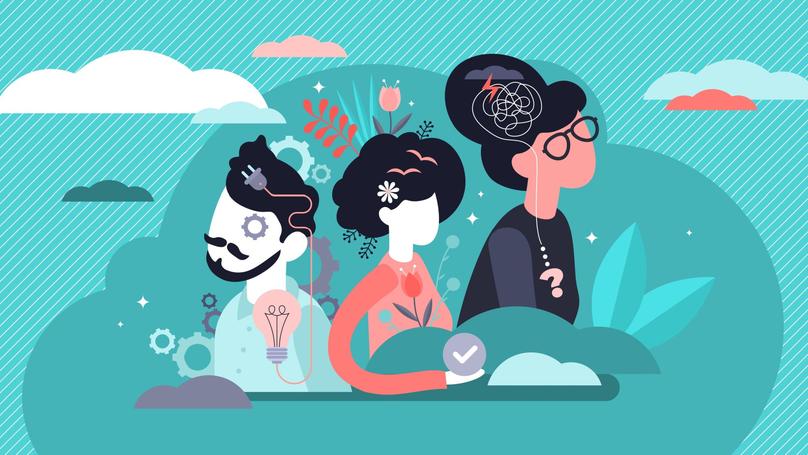
What DISC typology is about
DISC personality typology is a special tool designed to analyze human behavior, to assess personal and business qualities of people, such as company employees, jobseekers and potential partners. Therefore, despite DISC popularity in a variety of fields, the tool is most common in the HR area.
The DISC method and its typologies focus on a person's behavior patterns, according to which they take certain actions or, on the contrary, are forced to do nothing. Behavior per se includes several components:
- nonverbal characteristics, that is, body language (one's facial expressions, gestures, and so on);
- speech, intonation, and the voice pitch;
- actions and decisions.
Every person has their own behavior model, or personality type, and though we act very differently in different situations, this model remains unchanged, enabling to identify certain similarities in our actions. If we know the DISC personality type, we can predict a person's behavior in stressful situations, for example, identify the work pace most comfortable for them, the way they interact with others, and how their motivation is shaped. Moreover, DISC enables to create personalized training programs, courses and other activities designed for specific psychological types and thus to improve the quality of interaction.
This tool was first put forward by American psychologist William Marston in his book Emotions of Normal People. He detailed the core of DISC method and described the way to assess an individual's personality type using a special model comprised of four main criteria.
DISC criteria
The method's name-DISC-is an acronym that stands for the four behavioral types. They are the following:
- D - Dominance;
- I - Influence;
- S - Steadiness;
- C - Conscientiousness.
Two other important criteria are:
- activity level - a measure of how quickly a person can respond to internal and external challenges and stimuli in a given situation;
- hostility level - that is, the way a person perceives their environment, e.g., in a hostile or, on the contrary, a kindly way.
Visually, the DISC method can look like this:

Characterization of DISC personality types
So, the first criterion - dominance - refers to the way we react to obstacles, problems, and difficulties that arise. The High-D people are usually straightforward, demanding and only result-oriented. At the same time, they perceive the environment as rather hostile, as they always expect a catch and therefore count only on themselves. This also means that they are very active and goal-oriented. Such people choose highly competitive fields, as they are true conquerors and achievers. However, people around them may perceive Type D individuals as intolerant, bossy and even aggressive.
The next factor I stands for influence - it shows how we perceive problems and challenges. Most often the High-I individuals are truly enthusiastic and optimistic; they take an active stance, strive for universal recognition and hardly tolerate the indifference of others. They are sociable, easily find common language with various people, attract others and want to draw utmost attention to themselves in all situations. That's why other people may see them as too eccentric and tactless. Though, in fact, they are just infinitely open to all kinds of interaction and human relationships are always their priority.
S stands for steadiness and shows how people react to unexpected changes and innovations, how they deal with stability and at what pace they perform best. The High-S people are characterized by a very positive and friendly attitude to the world, but also by their passivity. Such individuals prefer stability to abrupt changes, they want everything to be predictable and forecastable; they want all processes to unfold in a methodical and smooth way. They are reliable and patient, but others may find them indifferent and too submissive.
The final criterion C stands for conscientiousness, or the way we perceive rules, restrictions, and boundaries. The High-C people perceive the world in a hostile way, they are reserved and restrained. They very seldom express emotions or share their feelings openly. They are very careful and precise; they always follow the rules and do not accept situations when people violate them or go beyond the limits. Although they are able to quickly adapt to changes, they still remain systematic, logical and consistent. As a rule, such people have an analytical mindset. They also try to avoid conflicts. At the same time, others perceive the High-C individuals as overly cautious, distrustful, cold and even tough.
However, it is important to point out that the DISC method identifies and assesses only behavior styles and characteristic traits of individuals. It does not analyze their mental abilities, occupational competencies, emotional intelligence or other skills. DISC does not identify a person's motivators and driving forces - that is, the factors that cause them to take active steps or, on the contrary, be inactive.
Mixed personality types
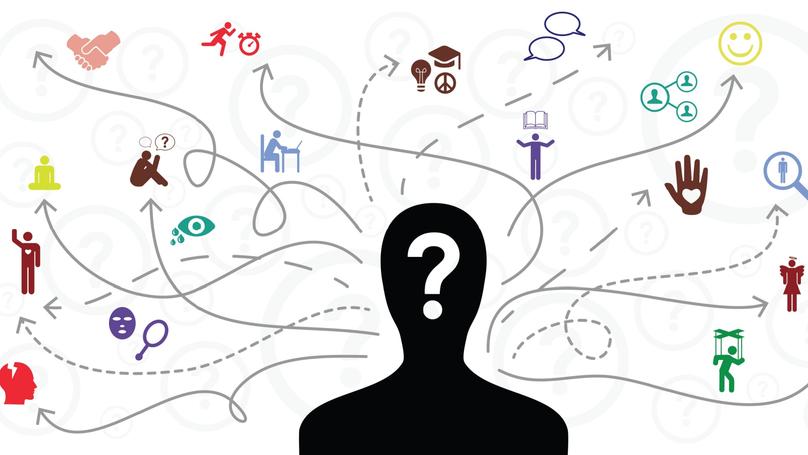
It is not easy to identify one dominant behavior style. As a rule, an individual can most clearly manifest two DISC criteria. The most common combinations are the following:
- DI or ID - such people are born leaders; they are charismatic, persuasive and skillful charmers. They can manipulate and influence others to achieve their aims. At the same time, they perfectly cope with the most challenging tasks and find entirely new, original solutions.
- IS or SI - there are few people of this mixed type. Typically, they are easy to deal with or to contact; they find a common language with everyone. Such individuals are truly very considerate of others; they are often sympathetic and extremely empathic. To perform well, they also need comfort, stability and predictability, as well as a friendly, peaceful and psychologically stable environment.
- IC or CI - unique individuals with the most opposing traits. They are frequently self-assertive, intolerant, and emotional; they crave other people's attention. At the same time, they are very independent.
- DS or SD - this is considered the most complex and rare type of behavior. Such people suffer from mood swings and over-sensitivity; they show initiative and are perfectionists. They are sure that they have to achieve perfection in everything and become the best performers. They also value stability, and the honor student syndrome makes them act as accurately as possible, meet all the deadlines and achieve incredible results.
Work compatibility of personality types
In fact, very different personality types can work well together. It all depends on the specific circumstances in which individuals of D, I, S, C or mixed types find themselves. However, there is a generally accepted pattern:
|
Personality type |
D |
I |
S |
C |
|
D |
Either low or high compatibility |
From medium to high |
Low compatibility |
From medium to high |
|
I |
From medium to high |
High compatibility |
Medium compatibility |
Low compatibility |
|
S |
Low compatibility |
Medium compatibility |
High compatibility |
Medium compatibility |
|
C |
From medium to high |
Medium compatibility |
Medium compatibility |
Low compatibility |
Type I people are considered to be the most work compatible with each other. They are very outgoing extroverts, and they are always ready to help others and view many people as their buddies. At the same time the Type I is absolutely incompatible with the C individuals. S and D, as well as C and C are also considered incompatible. So, it looks like type C is the most difficult of all and can successfully relate to few people, because it is characterized by isolation and detachment. Interestingly, D type individuals may be highly compatible with the same type people (because they have a similar pace of work, they understand each other very well and both strive primarily to achieve their goals). But, conversely, they can be hardly compatible because of potential competition. So they can either do a good job as a team, or the situation may be completely reversed. Nevertheless, chance plays a key role here; so it is important to experiment and observe how same-team members or same-department employees interact. It is also possible for people of seemingly incompatible personality types to find common values and interests and build trusting relationships and competent business communication.
How to determine personality type: Thomas Hendrickson test
The most reliable and therefore common way to identify the model of human behavior according to the DISC method is to analyze a personality according to the system of psychologist Thomas Hendrickson. He elaborated it back in the mid-20th century based on the DISC that had emerged earlier. His tool enables to determine most accurately a person's behavior in their current life circumstances and different situations, to understand their inner motivation and values, to identify their strengths and weaknesses. It is necessary to take the test in order to identify the personality type and to find out how exactly it becomes manifest in a particular person.
There are various personality type tests on the web, but the best one is the Thomas [Hendrickson] Profile Analysis. It can be completed in 8-10 minutes. Its free version usually features about ten questions, while the paid one offers 24 questions. They include statements that you need to rank, putting the one that best suits you in the first place and the one that least characterizes you in the last one. After the test, three graphs will appear on the screen - they reflect the testee's behavior in everyday life, as well as at work and in stressful situations. As a rule, the results are followed by supplementary explanations.
When you analyze the graphs on your own, you should start with your self-portrait, that is your behavior characteristics in everyday life and then compare them with your behavior at work and in stressful circumstances. So, you may find that you are good at managing your work behavior, for example, but when you are under pressure, facing soon-to-expire deadlines, for example, your self-control weakens and the features that did not become manifest in your self-portrait begin to emerge. Most often the personality type is established based on the key point which remains unchanged on the graphs. This is the highest point of the chart that can be in one of four areas - D, I, S or C. The other points can change their position due to various factors: the course of time, unexpected circumstances and so on. If there are two highest points on the chart and they compete with each other, this indicates a mixed personality type.
If a member of your team, an employee, a jobseeker, or a customer gets tested, it is important to give them detailed feedback, to share possible concerns or to get their values and priorities clarified. It is not enough to simply say that the person is the High-D or any other type. It is essential to show how the data relates to the individual, for example, to highlight all the risks and details of future work, to point out their strengths and the areas that need to be improved, to offer career options, taking into account their personality type. Thus, it is important for today's HR expert and many other specialists to master skills in working with analytical data, for example, such as the results of personality type tests.
How the DISC method can be used in the workplace
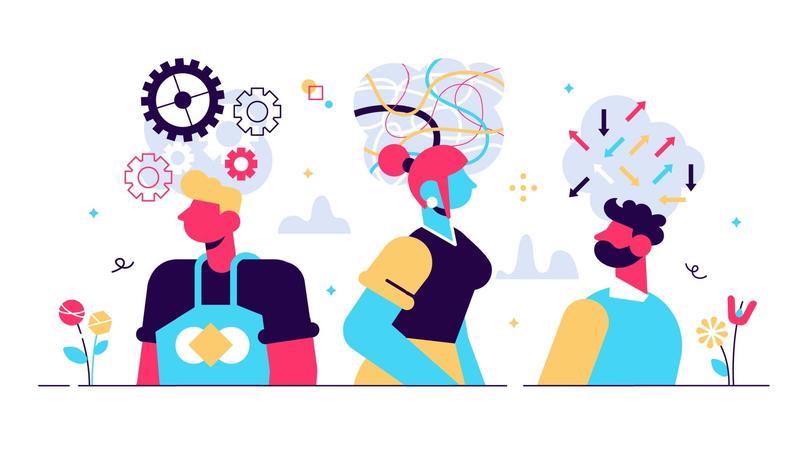
One of the DISC key advantages is that this tool is fully universal and applicable in business and human resources management, as well as in marketing, training and other fields. For example, in sales, customer typology identification helps to build a long and trusting personalized interaction with each of them. For example, I-type customers are likely to prefer promotions that will affect their emotions and touch their feelings, while C-type always pay attention to detailed information about a particular product, its composition and so on.
DISC also offers opportunities for personalized and individualized approach to training, for example in coaching. This increases trainees' motivation, interest and engagement, helps them to better and faster memorize new information.
In addition, company HR specialists use DISC to assess jobseekers. In such situations, the final stage of job applicants' analysis would be the most effective point to apply the tool. For example, if the skills and knowledge of two applicants for a position match the job requirements, then DISC will be an excellent assistant in building a larger and more comprehensive picture. The test will enable to identify the personal characteristics that went undetected during the interview, and select the right specialist. It is important to keep in mind that there are, in fact, no bad or good personalities. There are only individuals suitable or unsuitable for a particular role, such as a department manager, and DISC will help identify the most relevant candidate.
Later, during the employee's onboarding in the new place, DISC allows to assess their mental state, the team environment, and to identify, if necessary, demotivators as well as the first signs of burnout and prolonged stress.
Moreover, DISC acts as a supplementary tool in assessments. This is an integrated method of assessing worker competencies. It determines a worker's overall potential and proficiency in certain skills, as well as predicts their performance in the near future. DISC will help assess how a person feels in the workplace and whether they are able to handle tasks as quickly and efficiently as the circumstances require. For example, an assessment may reveal that the department head is not doing their job as efficiently as the boss expected. They may be strong in analytics and strategic planning, but weak in managing the subordinates and other leadership skills. Then DISC test will reveal that the department head is actually the C but not the D type personality, for example. It is essential to decide what to do next: first of all, to give feedback, and then either to replace the department head, or to reduce their weaknesses, to improve their leadership qualities and to provide opportunities for the development of their D criterion.
HR specialists also use DISC to analyze job openings. Managers occasionally fail to promptly find a suitable candidate. And the fact is that, in their view, the candidate for a particular position should have absolutely all the skills and knowledge in the world. DISC job assessment will enable to find out if this also happened in your company. Remember that even top-notch professionals cannot have all personality types at an equally high level.
You can also use DISC for your own purposes, as a supportive tool in self-analysis, reflection or updating your resume, for example. The method will enable you to identify and objectively assess your strengths and weaknesses, to discover advantages over your competitors, and to think about the way to improve the areas that need it. DISC will also help you decide which jobs are worth applying for and which positions are not suitable for you; where you'll feel comfortable and where you'll feel out of place.
Conclusion
Thus, DISC can be a great help in personnel management and improving interpersonal communication, building customer communication and in self-improvement. The method does not entail any financial costs, it is enough just to devote a considerable amount of time to take (or run) the test, assess the results and make decisions. DISC will give you the most comprehensive picture, whether it is your personal career track, a large corporation's business plan or a local startup's strategy. In any case, the DISC tool will allow you to discover non-explicit details and peculiarities in the activities of both entire companies and individual employees.










